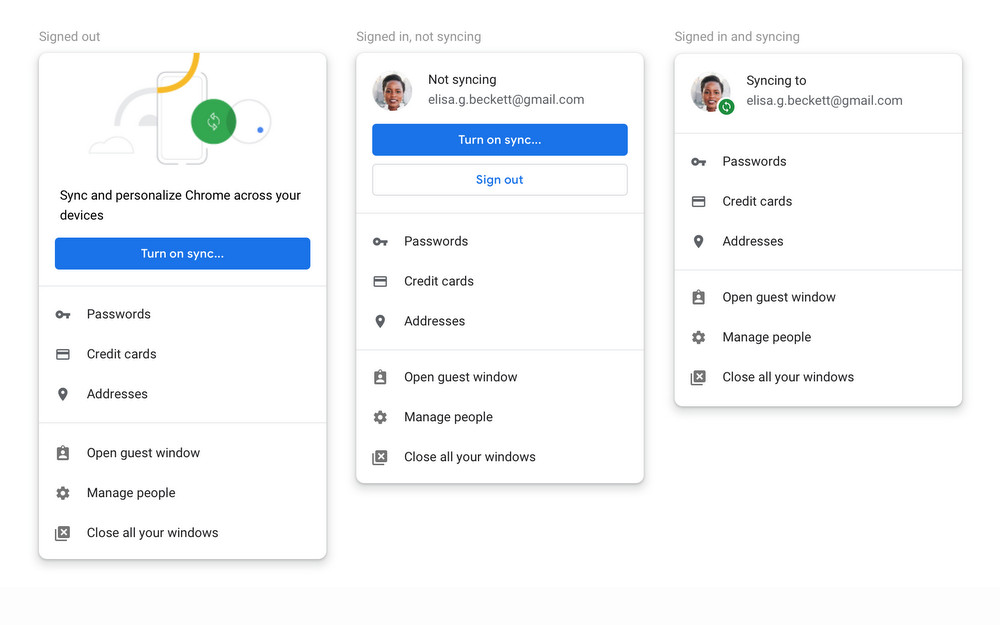Google Responds to Chrome Sign-in Backlash
Google was roundly criticized earlier this week for automatically signing people into Chrome if they used it to log in to Gmail, YouTube and other services. That didn't happen with previous versions of the browser, but with the release of Chrome 69 in early September, the company silently changed this behavior. Now, it's responding to critics by making those changes much clearer--and easier to notice--for all Chrome users.
Signing in to Chrome doesn't accomplish much on its own. It does offer the option to sync open tabs across devices, though, and people feared that it would be all-too-easy for Google to activate that feature for anyone signed in to the browser. (Similar remote changes to user settings have occurred before.) Quietly changing the way Chrome handles Google accounts was also likely to undermine people's trust in the browser.
Google didn't mention this change in any of the materials it released about Chrome 69. It had plenty of opportunities--this latest release celebrated the browser's tenth birthday, and somewhere in between revealing the new design and trumpeting various performance improvements there was bound to be a chance to discuss it. Instead, Google only explained its rationale after the change was discovered. It said in a blog post:
"The new UI reminds users which Google Account is signed in. Importantly, this allows us to better help users who share a single device (for example, a family computer). Over the years, we’ve received feedback from users on shared devices that they were confused about Chrome’s sign-in state. We think these UI changes help prevent users from inadvertently performing searches or navigating to websites that could be saved to a different user’s synced account."
Shortly after criticism over this decision began, Google said it would update Chrome's privacy policy to reflect this change, and now it's revealed its plans to help clarify the situation. The first will be an option in Chrome's settings to disable this surprise feature, and the second will be a change to the browser's user interface that makes it clear that being signed in to Chrome does not mean the sync feature has been enabled.
The company will also respond to another problem: Google auth cookies persisting even after someone clears their cookies. The company said this was supposed to "allow you to stay signed in after cookies are cleared." Yet that defeats the purpose of clearing those cookies in the first place. So the company is planning to make it so Google auth cookies are deleted and users are signed out like they're supposed to be.
Google said these changes will arrive with the release of Chrome 70 in mid-October. That release's previous highlights were the addition of a Shape Detection API, improvements to the Web Authentication API and various back-end improvements.
Get Tom's Hardware's best news and in-depth reviews, straight to your inbox.

Nathaniel Mott is a freelance news and features writer for Tom's Hardware US, covering breaking news, security, and the silliest aspects of the tech industry.
-
ron2456 Whatever they do, the new UI sucks. Its like they want the round UI of Android in everything.Reply -
eye4bear The two things I really dislike about the redisign is with all previous versions of Chrome, it as always super easy to just look up at the tabs to quickly makes sure you were using Chrome as the tabs had those unique angled sides. Now the tabs looks like all the other browsers, so much so that the first time I saw it my thought was "damn, they just copied Firefox's look".Reply
